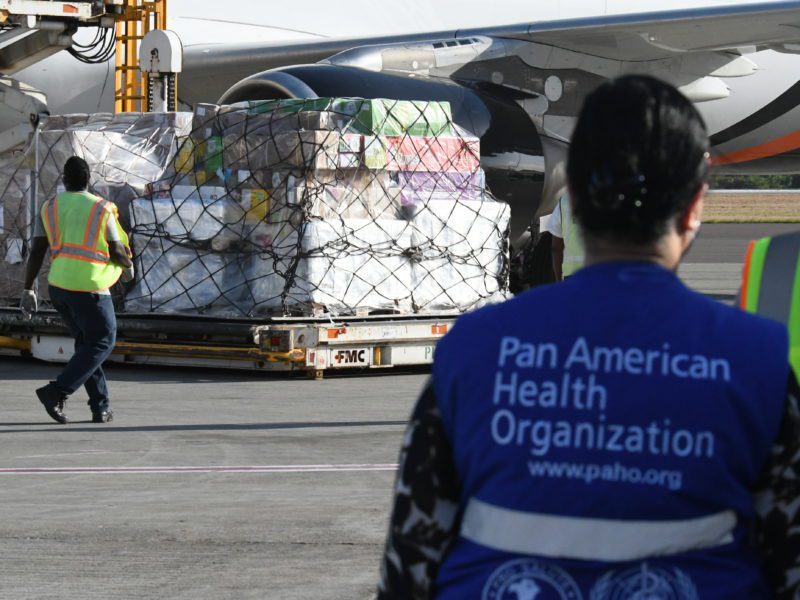More than 90 years since its emergence as an indigenous Caribbean faith with deep Jamaican roots, Rastafarianism/Rastafari has established a permanent presence in the region and overseas – both as a unique religious creed and as one of several expressions of the Pan-African movement.
It has also found its place in the worlds of music, fashion, and other areas of creative endeavour, but also as a point of contention in the spheres of public policy and law.
For example, there is continuing debate over the use of marijuana as part of Rastafarian religious worship in the Caribbean, and the acceptance of the dreadlocks hairstyle as a symbol of the connection between devotees and what they consider to be their African homeland.
There have also been challenges regarding formal recognition of Rastafarianism as an established religion.
There are accounts of early origins in the observance of Ethiopianism among former slaves in the Americas, but the faith gained momentum and greater acceptance in the Caribbean with the emergence of Ethiopian Emperor Haile Selassie I in 1930.
When Selassie visited Trinidad & Tobago, Barbados, Jamaica, and Haiti in 1966, there was an explosion of interest in the movement.
The conversion of legendary Jamaican reggae musician Bob Marley to the faith that year also helped promote the iconology associated with the faith throughout the Caribbean and the world. This served to raise awareness of the themes of poverty and alienation portrayed in Marley’s music, and other regional artists of his time and the current period.
Its evolving theology has been defined by at least three distinct orders – Boba Shanti, Nyahbinghi, and the Twelve Tribes – and, today, there are differences of opinion regarding the pandemic and measures to address it, including the employment of vaccination programmes.
This CIJN investigation examines some aspects of the faith’s response in the Caribbean to the pandemic.
Caribbean Investigative Journalism Network - Producing Groundbreaking Investigative Journalism
Caribbean Investigative Journalism Network (https://www.cijn.org/category/covid-19/covid-rastafarian/)
